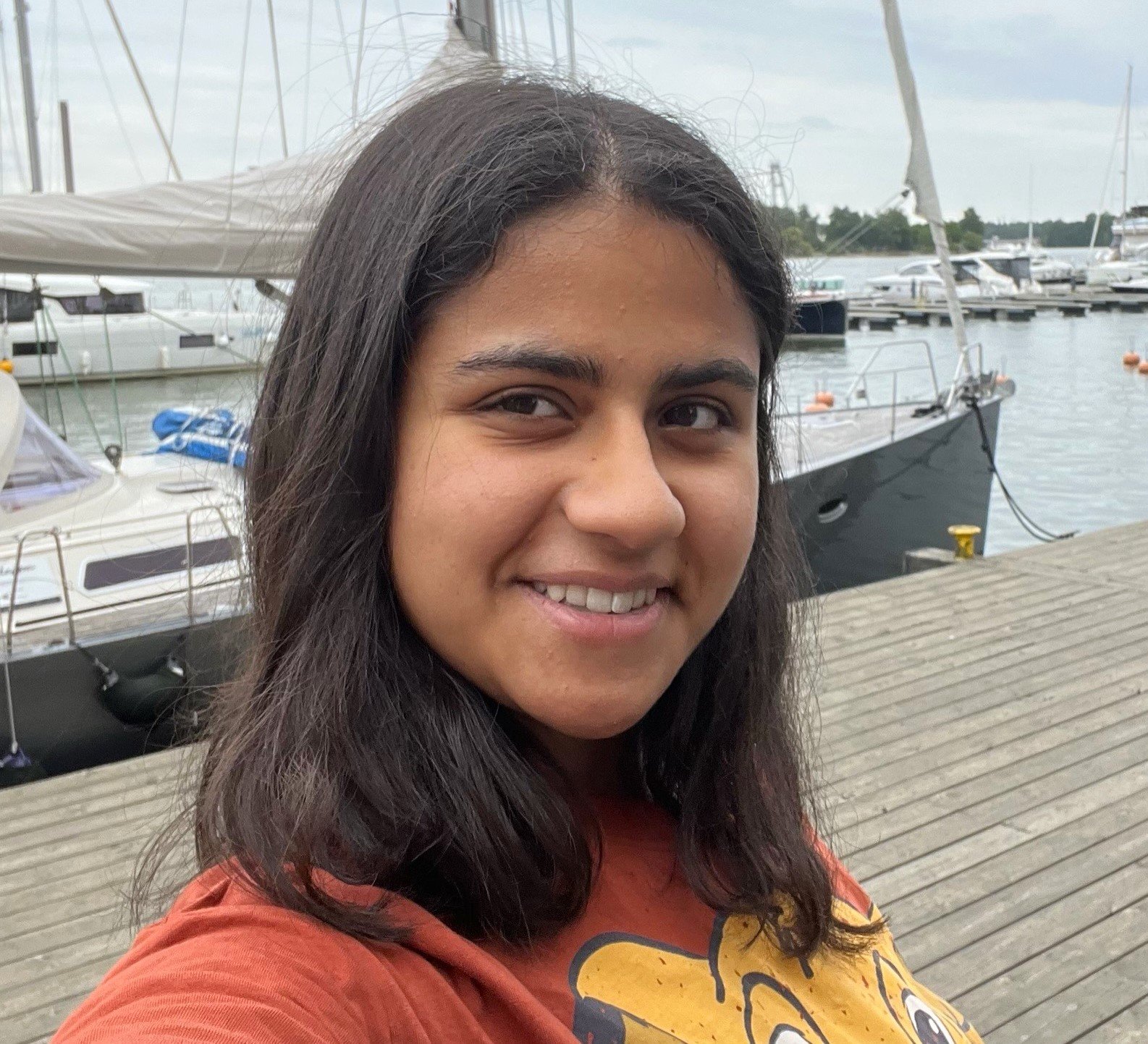Arya Goyal
High School Runner-Up, Grade 11
Scarsdale, New York
India is home to somewhere between 40 to 80 million people with disabilities (O’Keefe). Despite this large number, there are few policies to empower Indians with impairments, thus hurting both their quality of life and India’s growth potential.
The Problem: Inaccessible Infrastructure, Educational Gaps, and Social Stigma:
Indians with physical disabilities face many challenges which are compounded by inaccessible infrastructure. While Prime Minister Modi promised in 2015 to make 25% of public buses fully accessible and upgrade 50% of government buildings, nine years later the government has yet to meet these goals (Pandit). Fewer than 7% of public buses in India are wheelchair-accessible and 70% of public buildings have inaccessible bathrooms (Lopez). Chennai built a new subway system in 2015 but did not add sufficient elevators, thus excluding people with disabilities. Inaccessible infrastructure prevents Indians from traveling to work and participating in society, and it sends a clear message: people with disabilities are not welcome in India.
Education is similarly inaccessible. Over 75% of neurodivergent children in India do not attend school (Agarwal). The Indian government has no provision in the school curriculum for special-needs education, and without guidelines, schools make little effort to accommodate these children. Furthermore, less than 30% of Indian teachers have experience teaching children with disabilities, and so special-needs children are denied the care needed to learn (Agarwal). This lack of education results in unequal long-term opportunities and worsens quality of life.
Moreover, Indians with disabilities face constant discrimination. On a visit to Varanasi, I met a homeless man named Shivkumar. He had no legs, and his arms were outstretched as he begged for rupees. As I approached him, Shivkumar told me he was a veteran who lost his legs in a military accident.
Despite his service to India, his family viewed him as a lesser human because of his disability. Companies refused to hire him and, unable to find employment, he had to resort to begging for survival.
The discrimination Shivkumar faced is unfortunately common. Catherine Novi, a worker at Handicap International, explains that many Indians believe disabilities are the result of wrongdoings in previous lives. As a result, people with disabilities are judged, spat at, and even harmed. In the past two years, 16 people with disabilities were murdered in Kerala (Jose). Some of these murders were done by relatives, and few were investigated by police.
Due to the challenges faced by this community, only 36% of India’s disabled population is employed (Sharma). Millions of Indians with disabilities live in poverty and report low quality of life (Pinilla-Roncancio et al.). Without educational and employment opportunities, people with disabilities continue to be dependent on their family, thereby hindering India’s developmental trajectory. In fact, the lack of economic involvement for people with disabilities costs India 5% to 7% of its GDP (Abidi). To boost India's progress, we need to empower the millions of people suffering with disabilities.
So how can we help India’s disabled community?
Solutions:
Spread Awareness:
Progress will be slow if disabilities remain stigmatized, but Americans can help by spreading awareness on social media. The Center for Disease Control recommends making posts debunking misconceptions surrounding disabilities and spreading messages of acceptance. The CDC also suggests using #DisabilityALLY or #Inclusion4Health in social media posts to show support. These posts can reach an audience in India and promote understanding to destigmatize disabilities.
Donate to Charities:
Thankfully, there are many charities to help Indians with disabilities. Udhayam Charitable Trust operates schools with teachers who are experienced in teaching special-needs children and funds job-training. Jai Vakeel Foundation and Research Centre provides free healthcare services for people with disabilities as well as job-training. Small donations of money or books will allow these charities to continue providing life-changing services.
Enter Design Competitions:
One hindrance to accessibility is a lack of effective designs. However, numerous competitions such as the Cienna Solutions Challenge encourage students to create inclusive designs. These challenges have yielded amazing results: students have created apps to develop motor-skills for special-needs children and have designed wheelchair accessible train stations. Entering one of these competitions and creating new designs to promote accessibility can give the Indian government more ideas on how to re-develop cities for inclusivity or redesign schools to help special-needs students.
Contact Politicians:
Reaching out to Indian politicians to upgrade infrastructure and improve education for special-needs children can encourage the government to take action. While contacting politicians may seem ineffective, Prime Minister Modi praised a 2022 letter-writing campaign on thoughts to improve India, and stated that he looks forward to implementing the ideas (TOI). The Indian government suggests using Republic India to reach politicians, and if enough people write about the necessity of supporting the disabled, politicians will finally take action.
Support Companies Making a Difference:
Certain companies in India are making an effort to hire and train people with disabilities. For example, KFC has hired hundreds of employees with disabilities and given them 11-week training and Accenture launched an initiative in 2013 which hired thousands of Indians with disabilities in various tech sectors. By monetarily supporting these companies, we can encourage other companies to launch similar initiatives and create employment opportunities.
Shivkumar and the millions of other Indians with disabilities deserve a country that supports them instead of holding them back. By taking key steps in philanthropy and awareness, we can ensure that these Indians finally have the tools they need to thrive.

